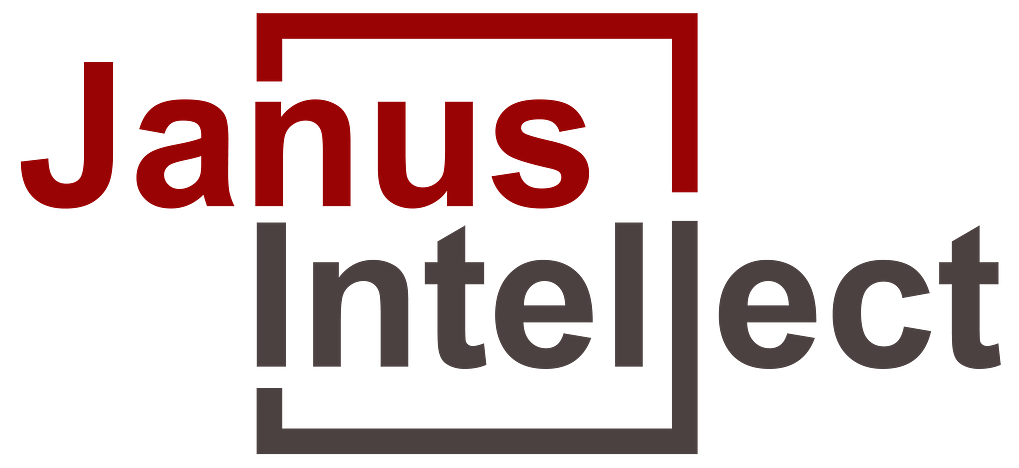Introduction
The Global Satellite Communication Systems Market is set to surge from USD XX Bn in 2023 to a projected USD XX Bn by 2028, growing at a CAGR of XX%.
Global Satellite Communication Systems represent an essential solution to global connectivity. Satellite Communication Systems make use of artificial satellites placed in earth’s orbit to facilitate the transmission of voice, data, and multimedia content across vast distances. Due to their versatile nature, Satellite Communication Systems are an integral part of diverse sectors such as telecommunications, broadcasting, aviation, maritime, defense and space exploration.
Artificial satellites are deployed in various orbits at different distances from the surface of the earth geostationary orbit (GEO) for fixed coverage and low earth orbit (LEO) for global coverage. These satellites receive signals from transmitters on Earth (Ground Stations) and retransmit them to specified locations and thereby to user terminals such as satellite phones, satellite television receivers and VSAT systems.
Segment Analysis for Satellite Communication Systems Market
The Global Satellite Communication Systems Market is segmented based on Connectivity, Platform, Solution, Frequency, Technology, and End-User.
The Satellite Communication Systems market, by orbit class, has three types: Geostationary Orbit (GEO) Satellites, Medium Earth Orbit (MEO) Satellites and Low Earth Orbit (LEO) Satellites.
Geostationary Orbit Satellites (GEOs) are used when fixed coverage is required, for broadcasting and telecommunications. They are characterized by having a high-altitude orbit and they provide constant coverage over specific regions.
Low Earth Orbit Satellites (LEOs) are used for global coverage- for broadband internet and Earth observation specifically. Their altitudes are generally lower, and they have shorter orbital periods which allows for rapid data transmission.
Medium Earth Orbit Satellites (MEOs) are used for navigation and regional communication, and generally have intermediate orbit altitudes. Satellites are deployed at different altitudes in different orbits depending on their purpose.
Regional Analysis for Satellite Communication Systems Market
The North American market for satellite communication systems is driven by the strong presence of aerospace and defense industries, which increase the demand for satellite communication services. There have also been significant investments made into satellite technology and space exploration. Opportunities in North America lie in the growing demand for broadband internet services in rural and remote areas, as well as the increasing applications in defense, homeland security and disaster management.
In Europe, multiple countries collaborate on satellite programs, with a focus on Earth observation and environmental monitoring. The expansion of satellite-based broadband services and continued investments in navigation and positioning applications are opportunities for the Satellite Communication Systems European market.
The Asia-Pacific region has a rapidly growing satellite market which is driven by emerging economies. There is an increasing demand for satellite communication systems in maritime, aviation and telecommunication sectors which has led to the rise of commercial satellite operators and constellations. Expansion of satellite broadband services in remote areas prove to be an opportunity for the APAC market, along with government initiatives in space exploration and satellite deployment.
In Latin America, there is a growing interest in satellite communication for broadcasting and connectivity, which has led to regional collaboration for the development of satellite technology. There have also been investments in satellite-based applications for agriculture and resource monitoring in this region. Opportunity presents itself in the form of providing enhanced satellite coverage to rural and underserved regions, as well as the integration of satellite services in disaster management.
List of Companies
The report provides profiles of the key companies, outlining their history, business segments, product overview, and company financials. Some companies from the competitive analysis are Cobham Limited, EchoStar Corporation, GILAT Satellite Networks, General Dynamics Corporation, Honeywell International, Inc., etc.
Key Developments
Anuvu (provider of high-speed connectivity solutions) and Telesat signed an agreement for new antennas and ground-station infrastructure to develop the Anuvu Constellation. – February 2023
Open Architecture ThinKom ThinAir Ka2517 aerial satcom terminal, a high-performance multi-orbit service capable of supporting multiple solutions for aerial missions was introduced by SES in collaboration with ThinKom and Hughes. – February 2023
The United States Marine Corps signed a contract with Viasat for end-to-end satellite communications support. – January 2023
Frequently Asked Questions
How Much Is The Global Satellite Communications Market Size?
The Global Satellite Communications Market is set to surge from USD xx Bn in 2023 to a projected USD xx Bn by 2028, growing at a CAGR of xx%.
What Is The Major Global Satellite Communication Systems Market Driver?
Increase in Internet of Things (IoT)
Rise in demand for military and defense satellite communication systems solutions
Increase in adoption of satellite communication equipment in online streaming services, radio and TV broadcast
What are the Major Satellite Communication Systems Market Opportunities?
Technological advancements in satellite missions
5G integration
Growing Investments in R&D Activities of Companies
Which Region will Lead The Satellite Communication Systems Market?
North America is leading the market, with APAC being the fastest growing market.
Who Are The Satellite Communication Systems Market Players?
SpaceX, Swarm Technologies, Inc., Telesat, Thales Group, etc.




